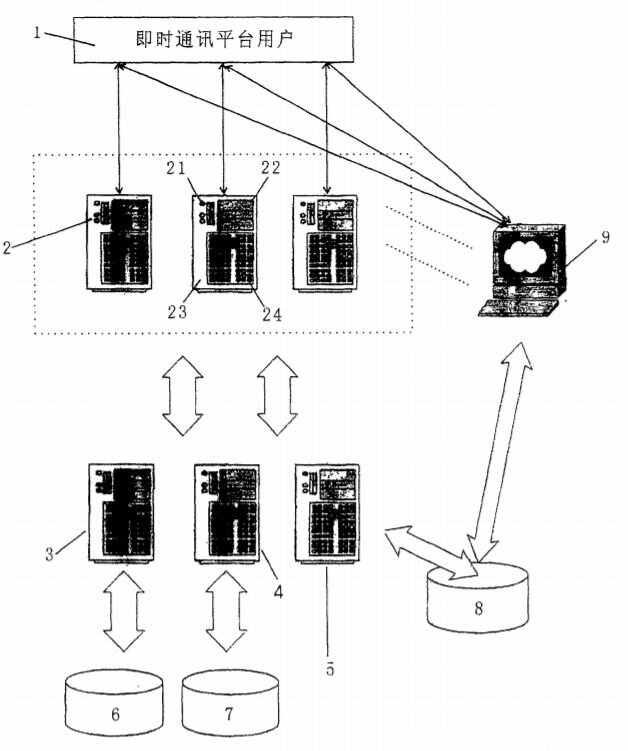Hey Siri - can you invalidate this Chinese patent that is threatening Apple? And save us USD$1.4 billion?
Chinese company Shanghai Zhizhen has sued Apple in China for 10 billion yuan (USD1.4 billion) for infringement of one of its patents with the Apple Siri virtual assistant. Not surprisingly Apple is disputing the allegations, but we thought it might be worthwhile asking - what could our AI citation-based search tool Ambercite tell us about this case?
This should be a good test because the patent in question, ZL200410053749.9 (also known as CN200410053749A and its granted form CN100518070C) , does not have a published list of backward citations, and has no family members outside of China. So we will be relying on its forward citations instead to help us build a network and to identify what its prior art might be. This may sound counter-intuitive, but as you will see next, works in practice for Ambercite.
CN100518070C has the following first claim, after its machine translation by Google Patent:
1, A kind of chat robots system comprises at least:
A user; With a chat robots, this chat robots has an artificial intelligence servers and a corresponding database thereof with artificial intelligence and function serving information, this chat robots also has communication module, described user carries out various dialogues by immediate communication platform or SMS platform and chat robots, it is characterized in that, this chat robots also has querying server and corresponding database and game server thereof, and this chat robots is provided with a filter, to be used for distinguishing whether user's statement that described communication module receives serves as format statement or natural language, and this user's statement being forwarded to corresponding server according to distinguishing the result, this corresponding server comprises artificial intelligence servers, querying server or game server.
Which can be simplified to:
a chat robot
incorporating an artificial intelligence (AI) server
with some sort of ability to classify a question and then forward to one of an AI, game or querying server.
If we take a look at the image below, 1 is user, 9 is a chat robot incorporating a robot server 2, communication module 21, filters 22, session modules 23 and enquiry module 24. 3, 4, 5, 6 and 7 are a variety of external database, including games and an AI server.
Can we find new prior art?
With this in mind, lets see what prior art Ambercite can find for this. The query for this search is shown below - note that made sure that this Chinese patent number included its kind code, which is required for Chinese, Japanese South Korean or Taiwanese patent numbers.
This returned 45 results, with a sample shown below.
The best of the patents in the full list is KR20040092256A, which discloses:
PURPOSE: An interactive agent using the cooperative AI(Artificial Intelligence) is provided to enable very natural and familiar dialogs by flexibly processing inconsistent language habits of diverse users. CONSTITUTION: A cooperative AI interactive agent system is registered. Vocabularies are transferred to the cooperative AI interactive agent system through a messaging device(S110). A protocol parses/interprets the transferred information(S130). The parsed/interpreted information is stored to each database by being classified in a categorization engine based on a vocabulary/command classification system
Which appears to discloses all of the key features of the Chinese patent. It has an earlier filing date, but was published after the priority date of the Chinese patent.
There is also the earlier published US6795808B1, first published in 2002, for a chatbot that can connect to multiple databases.
So, Ambercite was able to find relevant prior art for the Chinese only patent.
Licensing Analysis
Ambercite also has the ability to look for licensing options for patent owners. This simply requires a different set of search settings, as shown below:
This returned 250 results, which we exported to Excel, and then used a pivot table in Excel to find the companies with the greatest licensing potential. And the final result:
Apple jumps out in this analysis.
Now, none of this should be construed as evidence that the Chinese patent is valid or not, or that Apple is infringing this patent, or not. These are questions for the Chinese courts to consider. But it does show how quickly Ambercite is able to find what appears to be relevant prior art, and how the Licensing Potential analysis is able to identify the Licensing Potential of Apple in a very strong fashion.
Do you want to try Ambercite for yourself?
Ambercite offers free trials, but to get the most of this, please contact us for a demonstration. You can try either option via the links below:





